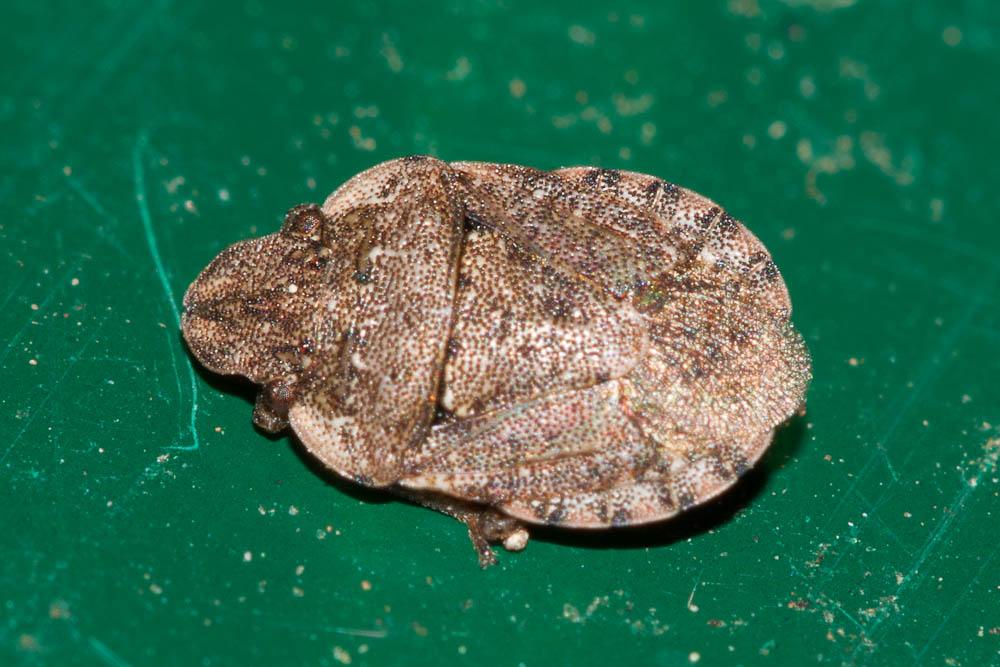Insect
as well as plant and animal species from around the world can hitch a ride in a
manner of speaking, on cargo shipments, moving from their native lands to
exotic foreign destinations, and sometimes stay and establish a new home. Ports
of entry like Baltimore and Norfolk are doorways to establishment of species
that may impact livelihoods by altering the characteristic services of
ecological systems.
The
front-line of defense is the U. S. CBP,
"one of the Department of
Homeland Security’s largest and most complex components, with a priority
mission of keeping terrorists and their weapons out of the U.S. It also has a
responsibility for securing the border and facilitating lawful international
trade and travel while enforcing hundreds of U.S. laws and regulations,
including immigration and drug laws. Amopng other tasks," CBP performs two
crucial roles in facilitating trade to and from the U.S. and around the globe:
securing it from acts of terrorism and assuring that goods arriving in the U.S.
are legitimate and that appropriate duties and fees are paid."[1]
Working with USDA ARS
Systematic Entomology Laboratory and USDA
APHIS Plant Inspection Stations, and APHIS Plant Protection and
Quarantine (PPQ). the organizations work to protect American jobs,
businesses and the ecosystems that support them. Recent interceptions of
non-native and potentially harmful insect species provide highlights of the impossible nature of their
underfunded mission. USDA APHIS PPQ reported at the Maryland Invasive Species Council's May
2013 meeting the following interceptions.
 |
| Macroglossum stellatarum tpittaway.tripod.com |
At the
port in Norfolk, Virginia CBP intercepted for the first time, Macroglossum stellatarum Linnaeus (1758), the hummingbird hawk-moth.
The moth is found though out most of Europe, Asia and Northern Africa. While
the species is unable to survive cold winters, the adults are strong enough fliers
that they seasonally migrate from the Mediterranean region North to Sweden
& Iceland. The Encyclopedia of Life notes that
"The hummingbird hawk-moth is
named for its long proboscis (straw like mouth) and its hovering behavior,
which, accompanied by an audible humming noise, give it remarkable resemblance
to a hummingbird as it visits flowers to feed on nectar."[2]
Humans see various shades of dull brown or grey in the
forewings of the moth. On the other hand, they reveal characteristic
fluorescent yellow, violet, purple and green patterns under ultraviolet light .
Thus to birds and other insects the moth is most likely brightly patterned.[3]
 |
| Coreus marginatus www.britishbugs.org.uk |
The Port
of Norfolk also saw for the first time the arrival and discovery of Coreus marginatus Linnaeus (1758). The
uninvited accidental visitor was found in a shipment of tile from Italy. This
species if found throughout most of Europe where it feeds on plants in the
genus Rumex. In addition inspectors
also discovered at the Norfolk facility an adult moth hiding out amongst
military cargo. The moth was identified as Autophila
ligaminosa Eversmann (1851). This is the first time this species found in
the sub-alpine region from the Balkans west to Afghanistan has been identified
entering the US.
 |
| Autophila ligaminosa www.ppis.moag.gov.il - |
In the
historic rivalry between Virginia and Maryland, the Port of Baltimore was not
without its own early detection of non native visitors taking advantage of the enormous
flow of global trade. And to make matters even worse one of the interception
was yet another stink bug. Baltimore CBP found a moderate sized stinkbug in a shipment
of tile that was later identified to be Sciocoris
sideritidis Wollaston (1858). This is the first time this species has been
identified entering the US. Just wait until an undetected mating pair of this
new species to the shores of the United States sets up shop and works with the
two existing invasive stink bugs already sucking their way through vegetables,
fruits, and soya beans. Reducing USDA funding through political mismanagement
and grand standing in Congress is a sure way to encourage this opportunity.
 |
| Sciocoris sideritidis www.naturedugard.org |
And
last but not least, remembering that airports are ports too, a baggage
interception in Baltimore was confirmed to be Tetraleurodes andropogoni Dozier (1934), a type of white fly. This
is the first time this species have been intercepted entering the US. According to CPB "the insects were
discovered on fresh leaves being carried by a passenger originating from
Nigeria and arriving from the United Kingdom."[4]
[2]
EOL. Macroglossum stellatarum. [accessed
May 17, 2013] http://eol.org/pages/396579/overview
[3] Macroglossum
Scopoli, 1777, Introd. Hist. nat.: 414. [accessed May 17, 2013] http://tpittaway.tripod.com/sphinx/m_ste.htm
[4] Baltimore
CBP Intercepts First in Nation Whitefly. Thursday, April 11, 2013. [accessed
May 17, 2013] http://www.cbp.gov/xp/cgov/newsroom/news_releases/local/04112013_7.xml
No comments:
Post a Comment